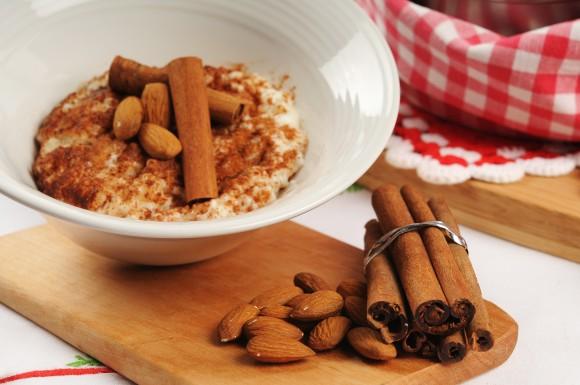In honor of the season, let’s venture to Scandinavia: the home of well-nourished children and the elf-like Swedish Santas called tomten. Santa traditions vary widely all over the world, but when my family thinks of Christmas traditions rich with history, our minds always go to the red capped, gnome-like creatures of Scandinavia.
These small-statured Santas captured my children’s imaginations early on. They’re magically plausible in a way that the North American Santa just is not. There’s not just one tomte. The idea of more than one “Santa” bringing gifts to kids of the world simply makes more sense to my kids’ brains than one time-traveling guy who likes jumping down chimneys. Also, tomten don’t have to travel all the way from the North Pole. Lore has it that they live in nearby forests. I like to think that if there are tiny people living in the woods, they must live in my favorite of all domiciles: tiny houses. Just a thought.


